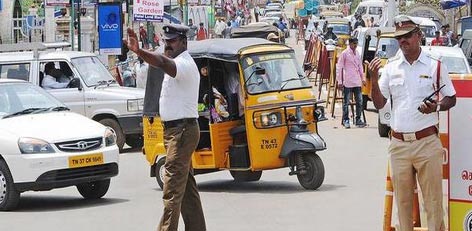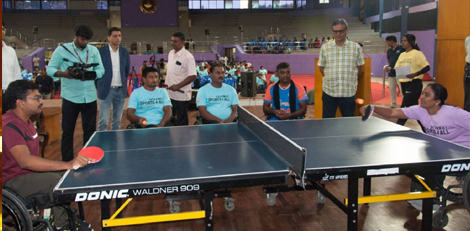Remote control of flights in smaller airports in Chennai likely
Posted on: 07/Dec/2017 1:05:08 PM

As it is likely that the Regional Connectivity Scheme will take off, the Airports Authority of India will set up remote traffic control towers using which flights in smaller airports can be guided. There are proposals for setting up remote ATC towers in Chennai. These shall take control of the landing and takeoff of flights at Salem, Kadapa and Puducherry airports. There is also a tower at the Thiruvananthapuram airport to handle planes at Agatti in Lakshwadeep islands that are also on the radar.
The very first remote ATC will be set up at Ahmedabad. This shall handle flights at Surat airport as a pilot program. It is likely that the project will be implemented by end of December or starting days of January. Following this, the second pilot program will be set up in Chennai.
So far, the plan is in its budding stage. Discussions about having a remote ATC tower in Chennai are being done. These shall handle the aircrafts at 3 small airports. Here, one or two services are likely every day. A senior official says the ultimate idea behind this is to avoid construction of tower and station controllers and having a maintenance team in small airports.
In the first phase of the regional connectivity scheme, Salem, Neyveli, Kadapa, Puducherry and Hosur shall be connected. Following this, the ministry shall work out to award routes to Thanjavur and Ramnad in the second phase of the project.
Posting controllers at all these small airports is not feasible. Instead, a remote tower will function as a controller at the airport. Each and every part of the operational area shall be monitored with high resolution cameras. And the images shall be transferred to the remote tower. It will be possible for the controllers to zoom and see the possible obstacles, said an official.
At these airports, hi-tech communication equipment will be set up and linked to Chennai. For landing and taking off of flights, the controllers shall make use of voice communication so as to communicate with the pilots. In case of spotting any animals or other kinds of obstacles in the runway, the controllers will immediately intimate the airport staff.
A few other officials say that the system should be made fool-proof. And it has to be customized according to the Indian system. A lot of instances of animals entering the runways of busy airports are observed. They enter in spite of the compound walls erected. So, remote handling of smaller airports that may probably have just one or two flights per day may turn challenging, they add.







